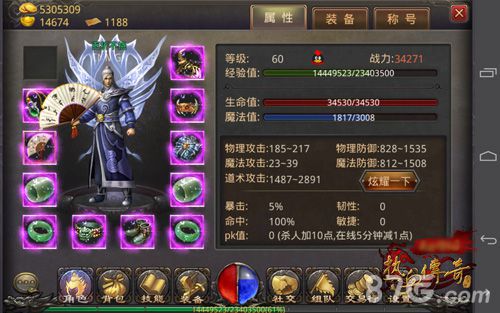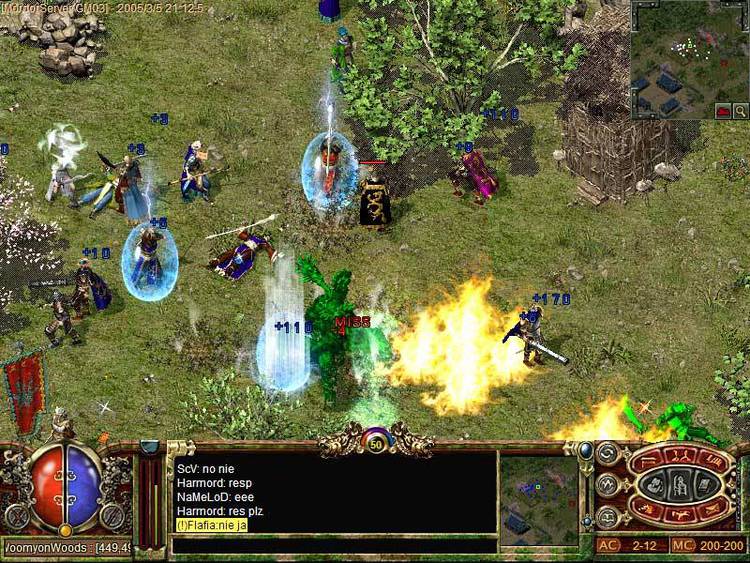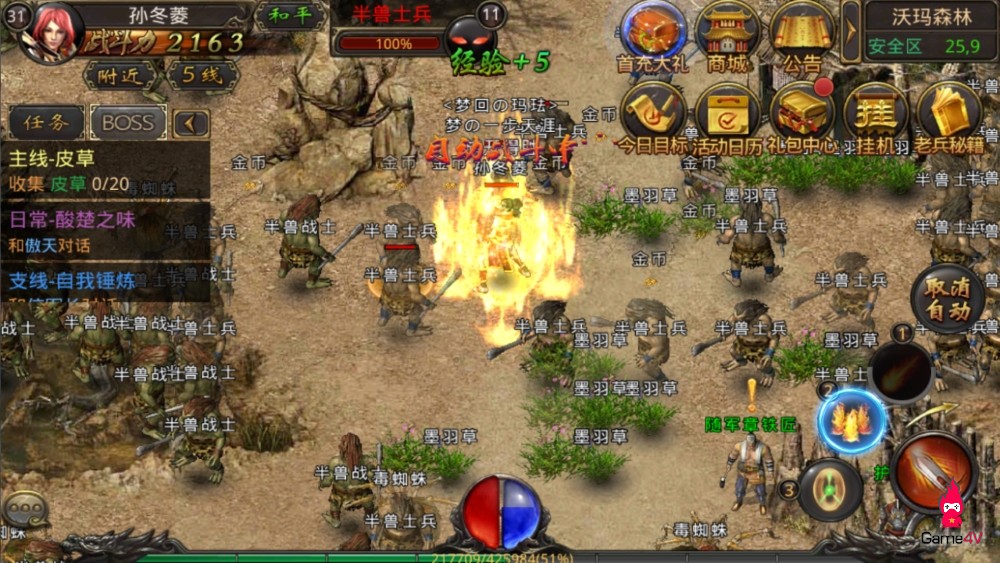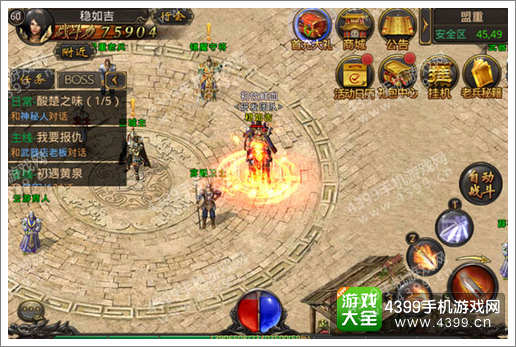|
|
|
|
|
CASE HISTORY
|
The Legend of Mir
      
|
|
|
|
OGGETTO
|
The Legend of Mir - Un gioco che da 15 ricava ogni mese $100m
|
|
|
Da un articolo di https://www.techinasia.com/mobile-game-earning-100m-month-china
This mobile game is earning $100m every month in China
What does mobile gaming success look like? It looks like The Legend of Mir Mobile.
On Wednesday, Shanda Games vice-chair Zhu Xiaojing announced some pretty stunning data about Shanda’s (http://www.shandagames.com/us-en/) highest-earning game, The Legend of Mir Mobile. The game, Zhu says, is earning between US$92 million and US$107 million each month through Tencent’s mobile game platform. On its best day, The Legend of Mir Mobile brought in more than US$7 million in just 24 hours.
Not bad for a game that’s 15 years old.
What is The Legend of Mir?
To understand why this game is making so much money, you have to understand what it is and where it comes from. The Legend of Mir Mobile is a mobile version of a PC game called The Legend of Mir 2. Mir 2 is a Korean massively-multiplayer online role-playing game (MMORPG) developed by WeMade Entertainment and first published way back in 2001.
Mir 2 was localized and published all over the world, but it made an especially big splash in China, where it was published for the PC by Shanda Games. In 2002 and 2003 it reportedly racked up 250,000 simultaneous players in China – a modest accomplishment by modern standards, but an impressive one at a time when China’s internet penetration was barely five percent.
Mir Mobile may be based on a very old game, but it isn’t static.
The games themselves – both the original Mir 2 and Mir Mobile – are fairly by-the-books MMORPGs. Players choose a class (warrior, wizard, assassin, etc.) and then explore and adventure in a fantasy world that includes thousands of other players as well as computer-controlled entities. Players can approach the game however they’d like: some prefer to team up with other players to take down computer-controlled bosses, others battle with other human players.
How is such an old game doing so well on mobile?
There are a few reasons.
- First, The Legend of Mir Mobile capitalizes on the nostalgia of China’s early PC gamers, the people who were playing this game on PC in internet cafes 15 years ago. Many of those gamers are now adults with white-collar jobs. They may or may not still be hardcore PC gamers, but virtually all of them own smartphones, and being able to play what many consider a classic game from their youth on a phone is too tempting to pass up. And of course, their enthusiasm has helped attract a whole new generation of players to the game as well. It’s this nostalgia factor that Shanda credits for the some of game’s success: it’s proof that the classics will never go out of style, Zhu told Sina Tech.
Shanda’s strategy for the future is pretty predictable: double down
- Second, Mir Mobile may be based on a very old PC game, but it isn’t static. Shanda has been careful to keep Mir updated (both on mobile and PC) so that players always find the game’s classic gameplay but occasionally also come across new adventures. Shanda has even introduced new playable character classes to give players a whole new way to experience the game.
- Finally, China’s gamers in general are happy to play remarkably old (by Western standards) games as long as they’ve still got a decent-size online player base and they still receive updates. CrossFire, China’s favorite first-person shooter game, was released nearly ten years ago. League of Legends, China’s most popular PC game, first came out in 2009. Where many Western gamers are continuously looking for the latest game with the best-looking graphics, Chinese gamers have historically been content to keep playing much older games so long as their friends are still playing them, too.
What’s next for Shanda?
Given that the game is doing so well, Shanda’s strategy for the future is pretty predictable: double down. It holds the IP rights for The Legend of Mir series in China, and within the year the company plans to kick off plans to produce Mir-branded video content (perhaps even Mir films) as well as fleshing out the game’s lore through narrative stories.
The Mir win comes at a good time for Shanda Games, which recently delisted from the NASDAQ after years of struggling to keep up with more successful game publishers in China like Tencent. (Perhaps the key was working together; Tencent and Shanda publish The Legend of Mir Mobile jointly).
|
|
|
|
|